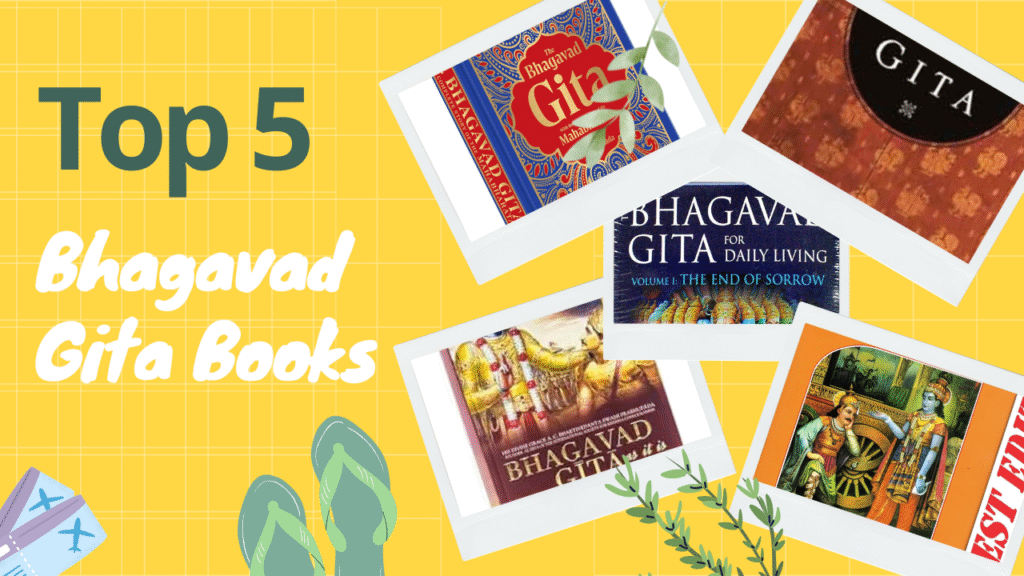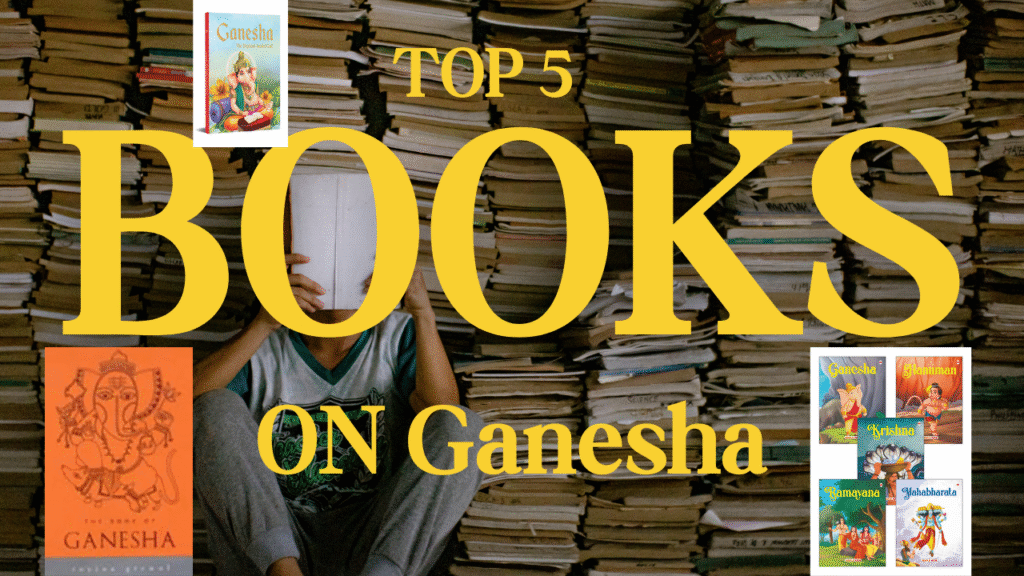Introduction to the Story
“Too Good to Be True” by Prajakta Koli presents a compelling exploration of love through the eyes of its protagonist, Avani. This captivating tale resonates with readers, particularly those who find solace and reflection in the world of romantic novels. Themes such as love, trust, and skepticism are intricately woven into the narrative, drawing the audience into Avani’s complex journey as she navigates her emotions and experiences.

The allure of romantic novels lies in their ability to transport readers into worlds filled with passion and emotional upheaval. These stories often illuminate the dreams and aspirations surrounding relationships, making them universally appealing. In “Too Good to Be True,” Koli skillfully captures this essence, showcasing how such narratives can shape one’s understanding of love, while simultaneously building cynicism when real-life experiences don’t align with fictional portrayals. Avani’s character serves as a relatable figure, likely resonating with many who have oscillated between idealism and reality in their own pursuits of love.
A central aspect of Avani’s character is her somewhat skeptical view of love, heavily influenced by her consumption of romantic fiction. This skepticism becomes a pivotal theme, influencing her interactions and decisions throughout the story. As she confronts the disparity between her expectations, often molded by novels, and the complexities of real-world relationships, readers are invited to reflect on their own beliefs about love. The journey Avani undertakes is rich with insights regarding the nature of romance, underscoring the importance of self-discovery and authenticity amidst societal pressures and fictional narratives.
Meet Avani: A Protagonist with Depth
Avani, the central character in “Too Good to Be True,” is intricately woven into the fabric of the narrative. As a dedicated reader of romance novels, she develops an idealistic view of love, often influenced by the enchanting worlds portrayed in the stories she cherishes. This passion for literature not only highlights her romantic inclinations but also serves as a window into her yearning for a profound connection. Despite the allure of these fantastical tales, Avani finds herself grappling with the stark contrasts of reality, where infatuation often transcends into disappointment.
Avani’s outlook on life is shaped by a blend of optimism and apprehension. On one hand, she is hopeful and eager to embrace love; on the other, she is burdened by fears and insecurities that challenge her self-worth. Her character embodies the universal struggle of seeking acceptance and validation in a world that can feel unforgiving. This dichotomy makes Avani not just a romance enthusiast, but a deeply relatable figure who mirrors the experiences of many readers. Her fears of rejection and doubt about her desirability resonate with anyone who has ever longed for love yet hesitated on the brink of vulnerability.
What sets Avani apart is her ability to confront these insecurities head-on while navigating her journey towards self-discovery. Despite the daunting challenges she faces, her experiences propel personal growth, creating a compelling arc that many can empathize with. As she explores her desires alongside the disappointments of romantic pursuits, Avani remains an embodiment of resilience, reminding readers that the pursuit of love, though fraught with challenges, is an essential part of the human experience. This interplay between her idealized visions of love and the truths she confronts forms a crucial foundation for her character development throughout the narrative.
The Mysterious Aman: A Perfect Match?
Aman emerges as a pivotal character in Prajakta Koli’s narrative, embodying traits often associated with the archetypal romantic hero. His enigmatic presence captures Avani’s attention from the onset, igniting a connection steeped in intrigue and allure. With his striking features and piercing gaze, Aman instantly stands out in the crowd. However, it is his deeper qualities – his intellect, charm, and sensitivity – that truly resonate with Avani, leading her to perceive him as a perfect match.
Aman consistently demonstrates a mix of confidence and vulnerability; this duality makes him more relatable and grounded. His articulate manner of speaking and ability to engage in meaningful conversations not only captivates Avani but also allows her to see beyond his mysterious exterior. This complexity serves to evoke a sense of curiosity within her, prompting her to explore the depths of his character. As their relationship blossoms, Aman becomes a figure that challenges Avani’s preconceptions about love and connection.
The initial bond between Aman and Avani showcases a unique interplay of emotions, characterized by moments of serendipity and shared interests. Their interactions are marked by chemistry, often portrayed through subtle glances and heartfelt conversations that tantalizingly suggest a deeper affinity. Their relationship evolves organically, illustrating how two seemingly different individuals can find common ground within the intricacies of human connection.
Furthermore, Aman’s charm is complemented by a certain air of mystery surrounding his past. This enigmatic quality adds layers to his character, allowing readers to ponder his motivations and backstory. As Avani navigates her feelings for Aman, the reader is presented with a portrait of a romantic hero, shrouded in intrigue yet profoundly relatable, which enriches the overall narrative of devotion and discovery.
The Central Conflict: Too Good to Be True
In Prajakta Koli’s “Too Good to Be True,” the primary conflict revolves around the protagonist, Avani, as she grapples with her burgeoning romance with Aman. Avani’s internal journey is marked by tension and uncertainty, deeply colored by her disbelief in the authenticity of this newfound love. Despite the affection and chemistry that blooms between them, Avani’s skepticism leads her to constantly question the foundation of their relationship. This internal struggle manifests itself in moments of self-doubt and hesitation.
As she navigates her emotions, Avani often finds herself rationalizing her suspicions about Aman. She scrutinizes every action and word exchanged, looking for signs that might confirm her fears. The enchanting moments they share are tinged with the nagging thought that perhaps this romance is too perfect to be real. This conflict underscores a common theme in love stories—the fear of vulnerability and the challenge of embracing feelings that may lead to heartache.
Moreover, Avani’s friends play a pivotal role in shaping her perspective. Their well-meaning advice, while intended to protect her, often exacerbates her uncertainties. They provide cautionary tales that echo in Avani’s mind, causing her to evaluate Aman’s intentions through a lens of skepticism. This external influence complicates her emotions further, as she struggles to balance her heart’s desire with the caution imposed by those around her. The interplay between her friends’ opinions and her own feelings creates a rich narrative of conflict that resonates with readers.
Ultimately, Avani’s internal battle becomes a critical element of the story, prompting readers to reflect on the complexity of love and trust. The conflict invites a deeper exploration of what it means to believe in love, especially when faced with the shadows of doubt. In overcoming these adversities, Avani’s journey encourages a reevaluation of her perspectives, setting the stage for potential growth and resolution.
Friendship and Support: Avani’s BFFs
In “Too Good to Be True: A Captivating Love Story,” the role of friendship is paramount, particularly through the lens of Avani’s best friends. These characters not only offer companionship but also serve as a crucial support system as Avani navigates the tumultuous waters of her feelings for Aman. Their presence in her life adds layers of humor, wisdom, and emotional backing, making the narrative both relatable and heartwarming.
Avani’s close-knit circle comprises a diverse set of personalities, each contributing uniquely to her journey. One of the standout characters is Maya, known for her sharp wit and light-hearted approach to serious situations. Maya often provides comic relief, reminding Avani not to take life too seriously. Her ability to inject humor into challenging moments helps Avani maintain perspective, which is essential as she confronts her confusion regarding her burgeoning feelings for Aman.
On the other end of the spectrum, we have Riya, whose thoughtful and introspective nature offers Avani wisdom that proves invaluable. Riya often plays the role of the grounded friend, encouraging Avani to reflect on her feelings and make informed decisions about her relationships. This balance between humor and wisdom fosters a realistic depiction of friendship, showing how friends can help each other grow while navigating life’s complexities.
Furthermore, the bond shared among Avani and her friends illustrates the importance of having a support system during uncertain times. Their loyalty and encouragement empower Avani to confront her emotions head-on rather than shy away from them. This camaraderie not only enriches Avani’s character but also breathes life into the narrative, illustrating that love stories are often intertwined with the friendships that elevate and support them.
Romantic Escapades: Moments to Cherish
The unfolding romance between Avani and Aman is marked by a series of beautifully crafted moments that reveal their undeniable chemistry, yet also highlight Avani’s internal struggle with her feelings. Their relationship is a compelling blend of enchantment and uncertainty, illustrated through various escapades that leave an indelible mark on their lives.
One key moment arrives during a spontaneous road trip, where the open road fosters a sense of freedom. As they navigate winding paths, their conversations flow effortlessly, filled with laughter and playful banter. This shared adventure not only deepens their bond but also serves as a backdrop for quiet glances that speak of unspoken emotions swirling beneath the surface. The exhilaration of the journey creates a splendid atmosphere, allowing Avani to wrestle with her feelings for Aman amidst the joys of companionship.
A tranquil evening under a starlit sky epitomizes another pivotal moment in their relationship. Sitting side by side, a comfortable silence envelops them, broken only by the soft rustling of leaves and distant songs of night creatures. Here, Avani’s heartbeats quicken, reflecting the intensity of her feelings for Aman. As she steals a glance at him, she wrestles with the fear and excitement that accompanies her affection. This moment encapsulates her internal battle; with every soft-spoken word, she grapples with vulnerability, all while savoring the magic of their growing connection.
Through these romantic escapades and tender encounters, Avani and Aman illustrate the beauty of a loving connection and the complexities that accompany it. Their journey is one of exploration, revealing layers of emotion that unfold gradually, inviting readers to witness a love story that, while enchanting, comes with its share of challenges.
Humor and Wit: A Unique Narrative Style
In Prajakta Koli’s captivating novel, “Too Good to Be True,” humor and wit play a pivotal role in shaping the narrative and enriching the reader’s experience. Koli expertly employs these elements not just as mere embellishments, but as essential tools that lend depth to character development and enhance the relatability of the story. From clever banter between the protagonists to comical misunderstandings, the humor serves to illuminate the complexities of human relationships.
The incorporation of humor allows readers to connect with the characters on a more intimate level, as it mirrors real-life interactions that often blend laughter with challenges. For example, moments of levity arise even in the midst of serious discussions, showcasing how individuals navigate the intricacies of love and friendship. Koli’s witty dialogues resonate with readers, making them not only entertained but also reflective of their own experiences in relationships.
Moreover, the unique narrative style established through Koli’s humor adds a refreshing layer to the storytelling. The lighthearted moments provide relief from tension while simultaneously offering insights into the characters’ personalities. This delicate balance creates a dynamic reading experience, where readers can oscillate between laughter and heartfelt contemplation. Koli’s ability to weave humor throughout the storyline ensures that the novel remains engaging, encouraging readers to reflect on their own lives amidst the fictional escapades.
In essence, the judicious use of humor and wit not only enhances the plot but also fosters a connection between the reader and the narrative. Prajakta Koli’s distinctive approach transforms “Too Good to Be True” into a multifaceted tale that is enjoyable and thought-provoking. By integrating these elements seamlessly, Koli not only crafts a memorable story but also reflects the complexities and joys of love in an accessible manner.
Climax and Resolution: Will They or Won’t They?
The tale of Avani and Aman reaches its zenith during a dramatic confrontation that serves as the story’s climax. After a series of misunderstandings and emotional turmoil, the couple faces the pivotal moments that ultimately define their relationship. Avani, having grown significantly throughout the narrative, begins to recognize her own self-worth and desires, realizing that her journey is not solely centered on her connection with Aman but also on her individual aspirations and dreams. This personal growth serves as a catalyst in the transformation of their interactions.
In the heat of their emotional exchange, Aman reveals his vulnerabilities, expressing the fears that have kept him at a distance. The honesty and openness in this dialogue display a crucial turning point, as both characters confront their past grievances and acknowledge the need for change. The intensity of this encounter makes the reader acutely aware of the stakes involved—will they succumb to the pressures of their insecurities, or will they rise above them to embrace a future together?
As their conversation unfolds, it becomes evident that both Avani and Aman have been hindered not only by their fears but also by external expectations and societal norms. Thus, the resolution begins to take shape. Avani’s newfound sense of empowerment fuels a courageous decision to confront the obstacles impeding their relationship. Through this dynamic exchange, they collectively realize that love flourishes not in perfection but in the acceptance of each other’s flaws and insecurities.
Ultimately, the climax of Avani and Aman’s story reflects a profound acknowledgment of growth—both individually and as partners. The foundation laid during this intense encounter paves the way for a resolution, demonstrating that love can indeed triumph when nurtured by understanding and authenticity. Readers are left with a sense of hope, eager to discover how this emotional evolution will shape the future of their relationship.
Conclusion: Themes of Love and Self-Discovery
In “Too Good to Be True,” Prajakta Koli intricately weaves together profound themes of love, trust, and self-discovery, inviting readers to delve deeply into the complexities of human relationships. The narrative explores how love can both illuminate and complicate the journey of self-discovery. As the characters navigate their romantic entanglements, they are compelled to confront their vulnerabilities and insecurities. This exploration underscores the notion that love is not merely a destination, but a transformative journey that requires introspection and growth.
The theme of trust is central to the unfolding love story, as characters must grapple with their past experiences and the impact these have on their current relationships. Trust serves as the foundation for meaningful connections, yet it can be easily disrupted by doubt and misunderstanding. Through the characters’ challenges, readers are encouraged to reflect on their own experiences with trust, recognizing the importance of open communication and vulnerability in fostering enduring relationships.
Moreover, the pursuit of self-discovery amidst romantic turmoil resonates with many readers, as the journey of understanding oneself is often intertwined with the experiences of love. The novel beautifully illustrates that it is through loving and being loved that individuals often uncover their true selves. This self-realization not only enriches personal identity but also leads to healthier, more authentic relationships. By embracing the unpredictability of love and the possibility of heartbreak, Koli encourages readers to welcome the lessons that come from both joy and pain.
Ultimately, “Too Good to Be True” serves as a poignant reminder that the themes of love and self-discovery are interlinked and universal. Embracing these facets leads to deeper connections with oneself and others, making the unpredictable nature of love both a challenge and a blessing.
Check Price at Amazon By Clicking HERE.







